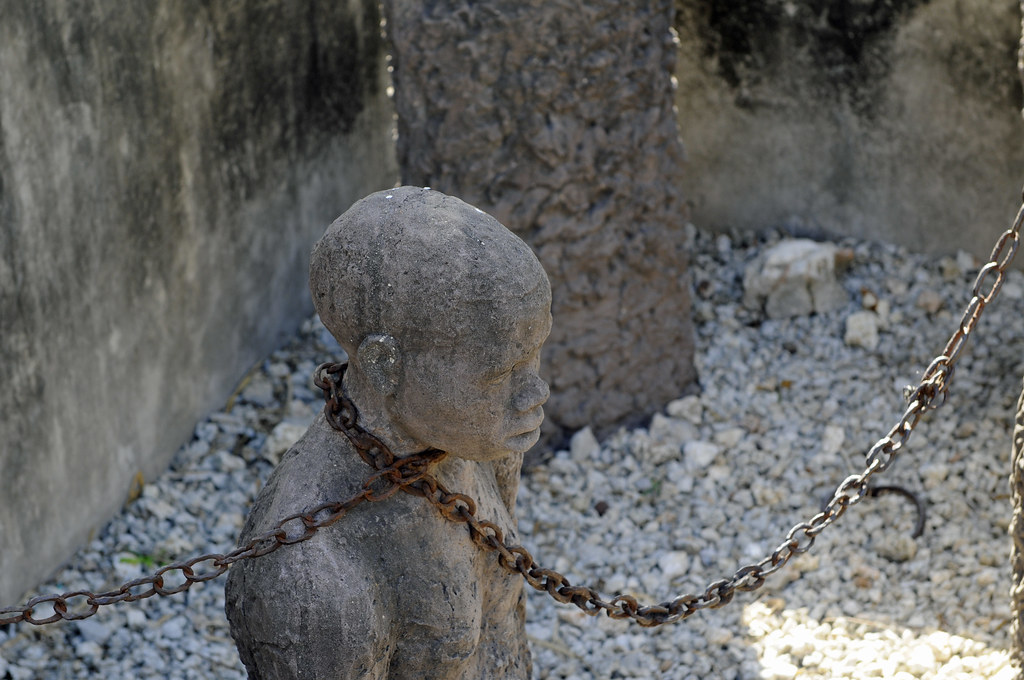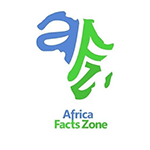The Slave Trade in Africa: The Atlantic Slave Trade
the Atlantic slave trade

Africa facts zone presents the slave trade in Africa specifically the Atlantic Slave Trade also known as the Transatlantic slave trade. Somewhere in the range of 1400 and 1900, nearly 20 million people were caught from Africa during four sizable and generally concurrent activities organized to exchange oppressed individuals: Trans-Saharan, Red Sea (Arab), Indian Ocean, and Trans-Atlantic exchange of subjugated individuals.
| Four Great Enslaved Person Trading Operations in Africa | ||||
|---|---|---|---|---|
| Name | Dates | Number | Countries Most Impacted | Destination |
| Trans-Saharan | early 7th–1960s | >3 million | 13 countries: Ethiopia, Mali, Nigeria, Sudan, Chad | North Africa |
| Trans-Atlantic | 1500–1850 | >12 million | 34 countries: Angola, Ghana, Nigeria, the Congo | European colonies in the Americas |
| Indian Ocean | 1650–1700 | >1 million | 15 countries: Tanzania, Mozambique, Madagascar | Middle East, India, Indian Ocean Islands |
| Red Sea | 1820–1880 | >1.5 million | 7 countries: Ethiopia, Sudan, Chad | Egypt and Arabian peninsula |
The Transatlantic Slave Trade

The entry of Europeans into the Americas caused significant changes in the social, political, social, financial, and natural parts of the Western Hemisphere.
The necessities and wants of elites decided how land and workers in the New World were taken advantage of.
However, the objective was to help the economic development of Europe.
The shift to plantation agriculture in Brazil and the Caribbean implied that sugar could now be produced and exported on large scale.
This created a demand for labor. Spaniards and Portuguese did not want to work in the fields; they want to own the fields.
Subsequently, Europeans sought Africa as a new source of laborers.
Africans were considered reasonable for work in the Americas since they were new to the land thus less inclined to run away.
Africans were also generally resistant to European illnesses, accustomed to laboring in the jungles, and came from farming societies thus this gave birth to the Atlantic slave trade in Africa.
At the peak of the slave trade in Africa and in the hundreds of years that followed, the thought of racial inferiority was utilized by Europeans to legitimize the oppression of millions of Africans.
Different defenses included religion and ideas of “under-development“.
To the English, for instance, pagan individuals were candidates for enslavement.
They contended that the absence of Christian belief and behavior made Africans inferior and that they lacked the capacity to be “civilized”.
Approximately 12.5 million Africans were taken from the bank of Africa to the Americas, however, around 2.5 million died during the journey.
Links: African Elites Involvement in the Slave Trade in Africa

Complex connections between organizations of the slave trade in Africa attempting to fulfill Europe’s demand drove a large number of those 12.5 million people to be effectively taken from Africa.
But there were other Africans who were forced into bondage through war and societal collapse.
The brutality of the exchange was certain, as slave masters from the coasts ventured inland and utilized their military advantage to go after smaller agricultural societies and their populaces.
It is actually the case that a significant number of those doing the enslaving were themselves Africans.
Europe had the demand, and the dealers on Africa’s coasts had the supply, so the slave trade in Africa turned into a significant business.
African Elites
African elites drew in their militaries in fighting with neighboring communities, and European interest largely expanded fighting inside Africa.
For instance, when the Oyo Empire of West Africa crushed their opponents in southern Yoruba states, they benefitted from the crown jewels of that triumph by selling their prisoners into slavery.
As a trade-off for providing slaves, African elites were paid with various fabricated items including firearms, cotton materials, glass, and food items produced using the very sugar developed by slaves in the Americas.
This trade-off had an uncommon economic and political effect in Africa, which drove so many to take part in the slave trade in Africa.
The wealth produced by the Atlantic slave trade was then utilized to boost the economy back in England.
It was also invested in businesses that made the items the African elites needed, which could then be exchanged for additional slaves.
Europeans notoriously protected their trading rights in Africa.
The mercantilist economies needed to ensure they were selling and trading more than they were purchasing and bringing in from Africa.
This process brought European countries more cash (gold and silver) than ever before.
This wealth would likewise assist with achieving the Industrial Revolution, which started in Great Britain.
Also Read: African Hairstyles’ Social Importance and Spiritual Significance
Points of No Return and How Slaves were Treated Onboard
Enslaved Africans were a different blend of various ethnic groups from mainland Africa.
Some of them were shipped more than 1,000 miles from their homes as hostages of slave merchants.
They were kidnapped, exchanged, and walked toward the coasts to be placed in palace like jails, which can in any case be seen along the bank of Ghana and other West African countries.
They were held there until European boats cruised into nearby waters.
These places, known as “Points of No Return,” were the last places slaves would see in Africa before being transported by ship to the Americas.
Conditions on these ships were brutal to such an extent that 15% of slaves would die before reaching their destinations.
Restricted between decks around evening time, fastened together and stacked like baggage, every hostage had less space than a body in a casket.
Human Shit, pee, and vomit cumulated on the ship where the slaves were kept.
At the point when somebody died, the traders wouldn’t see until morning, forcing the living to share space with the dead until someone opened the latch.
There is little about these journeys that aren’t horrifying to recall
Since sickness could kill the entire slaves on a ship, anyone showing any side effects of sickness was typically thrown overboard into the ocean.
In good weather, the slaves were brought to the top of the ship for exercise, still shackled.
They were often fed soft beans and given a little metal drinking cup of water.
This was their main food until their ship was close to its destination.
At the point of reaching their destination, they were fed a few meats and more calories in an attempt to cover signs of malnourishment.
This was done not out of kindness, but rather so they would profit more when the slaves are sold.
The slaves were sold in what must be portrayed as domesticated animal markets.
Upon landing in the home of their new owner, more cruel treatment awaits the slave.
The End of Atlantic Slave Trade

Towards the end of the slave trade in Africa/Atlantic slave trade, 19th century to be precise, in excess of eight out of every ten Africans taken in slavery to the Americas had landed in either Brazil or the islands of the Caribbean.
African workers worked from sunup to dusk under difficult circumstances.
So brutal was this work that the typical future for a slave in Brazil was just 23 years.
The high death rate led to more demand for slaves in Brazil.
The role of many slaves themselves in bringing an end to slavery itself is neglected.
Resistance among slaves in the Caribbean was normal.
Slaves in the French settlement of St Domingue seized control of the island and it was eventually declared to be the republic of Haiti.
The resistance is popularly known as the Haitian Revolution.
In 1807, the British government passed an Act of Parliament abolishing the slave trade all throughout the British Empire.
Slavery itself would continue in the British settlements until its last abolition in 1838.
Be that as it may, abolitionists would keep battling against the worldwide slave trade in Africa after this date.





